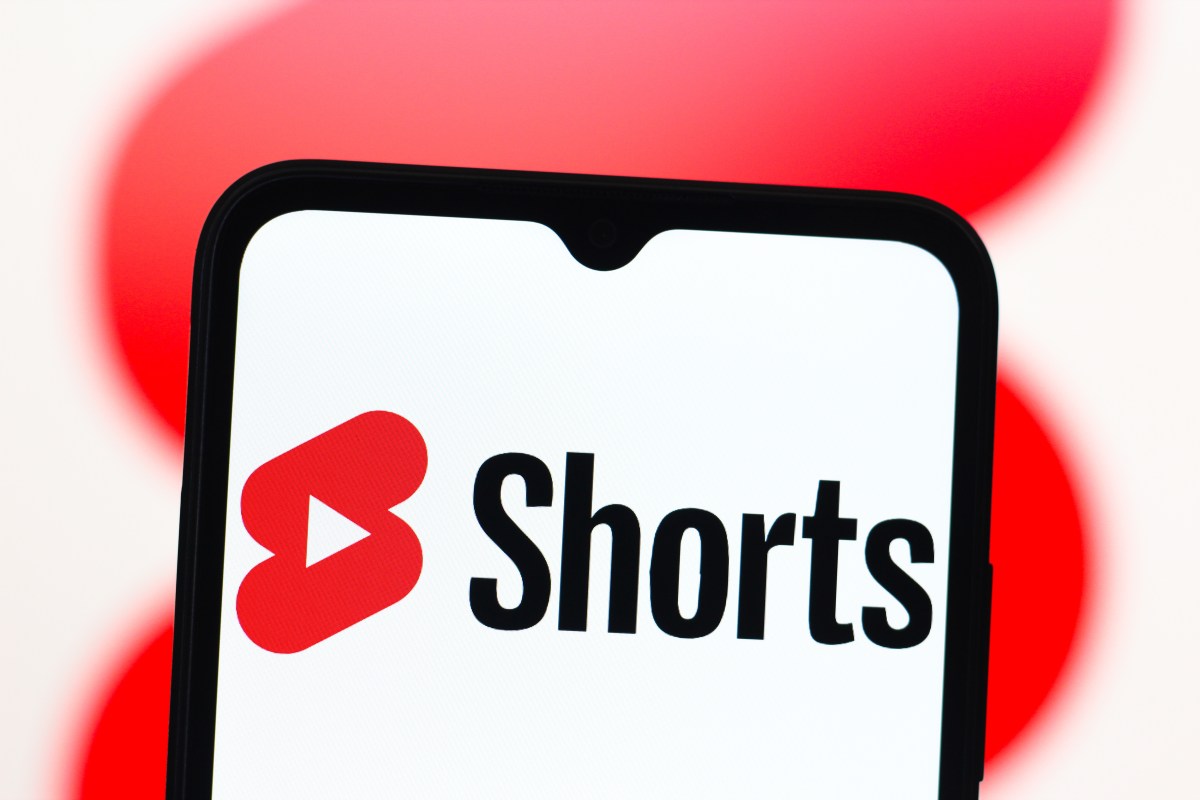YouTube Unveils New Generative AI Tools for Shorts Creators

Key Points
- YouTube launched Veo 3 Fast, a low‑latency, 480p text‑to‑video AI model with sound support.
- Initial rollout covers the US, UK, Canada, Australia and New Zealand.
- New motion‑transfer lets creators animate still images using video movement.
- Style‑transfer options include pop‑art, origami and other visual themes.
- Text‑based object insertion adds characters or props to videos.
- Speech‑to‑song remix tool powered by Lyria 2 creates custom soundtracks from dialogue.
- Creators can set song vibes like "chill," "danceable," or "fun."
- "Edit with AI" drafts Shorts from raw footage, adding music, transitions and voice‑overs.
- Voice‑over generation supports English and Hindi.
- Features are being tested in Shorts and the YouTube Create app before broader expansion.
At the Made on YouTube live event, YouTube announced a suite of generative AI features aimed at Shorts creators. The rollout includes a custom, low‑latency version of Google’s Veo 3 model called Veo 3 Fast, new motion‑transfer and style‑transfer capabilities, a speech‑to‑song remixing tool powered by Lyria 2, and an “Edit with AI” assistant that drafts short videos from raw footage. The initial launch covers the United States, United Kingdom, Canada, Australia and New Zealand, with plans to expand to additional regions.
New Video Generation Features
YouTube introduced a custom version of Google’s text‑to‑video generative AI model, Veo 3, branded as Veo 3 Fast. Designed for lower latency, the tool produces 480p video clips quickly and now supports sound for the first time. This capability is being rolled out in the United States, United Kingdom, Canada, Australia and New Zealand, with future expansion promised.
Beyond basic generation, YouTube added advanced Veo capabilities. Creators can now transfer motion from a reference video onto a still image, effectively animating photos with actions such as a dance. The system also supports style transfers, allowing users to apply visual themes like pop‑art or origami to their videos. Additionally, creators can insert objects, characters or props by providing simple text descriptions.
AI‑Powered Remixing
The new remixing tool lets creators turn dialogue from eligible Shorts into original soundtracks. Powered by Google’s Lyria 2 music model, the feature generates songs that match the tone of the source material. Users can further customize the vibe—choosing descriptors such as “chill,” “danceable,” or “fun”—to shape the final audio output.
Edit with AI
“Edit with AI” offers an automated first‑draft creation experience. By analyzing raw camera‑roll footage, the tool selects the most compelling moments, adds appropriate music and transitions, and can even generate a voice‑over that reacts to on‑screen action in English or Hindi. Initially tested within Shorts and the YouTube Create app, the feature will be expanded to more creators in the coming weeks.
Overall, YouTube’s suite of generative AI tools aims to streamline the creation process for short‑form video makers, providing faster production, creative flexibility and new avenues for audio‑visual storytelling.